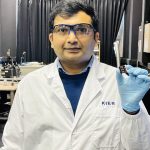Scientists at the Pakistan Museum of Natural History (PMNH) uncovered a collection of rocks and invertebrate fossils from Karachi’s coastal line and surrounding areas on Wednesday.
According to the PMNH, the investigation yielded 3265 well-preserved large and small foraminifera specimens of various species, 80 specimens of Gastropods, and 65 examples of fossil corals.
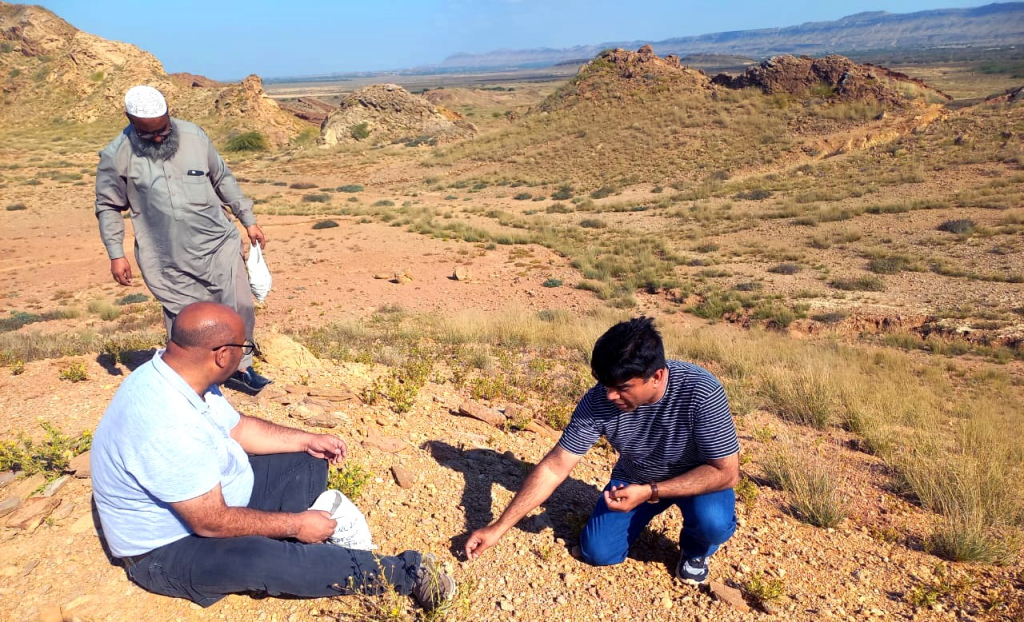
For further laboratory study, different rock samples from the Gaj Formation (Miocene age) were gathered to cover all lithological and facies differences from bottom to top.
From November 30 to December 10, the PMNH conducted 11 days of geological and paleontological research along the coastline of Karachi and surrounding areas in Pakistan.
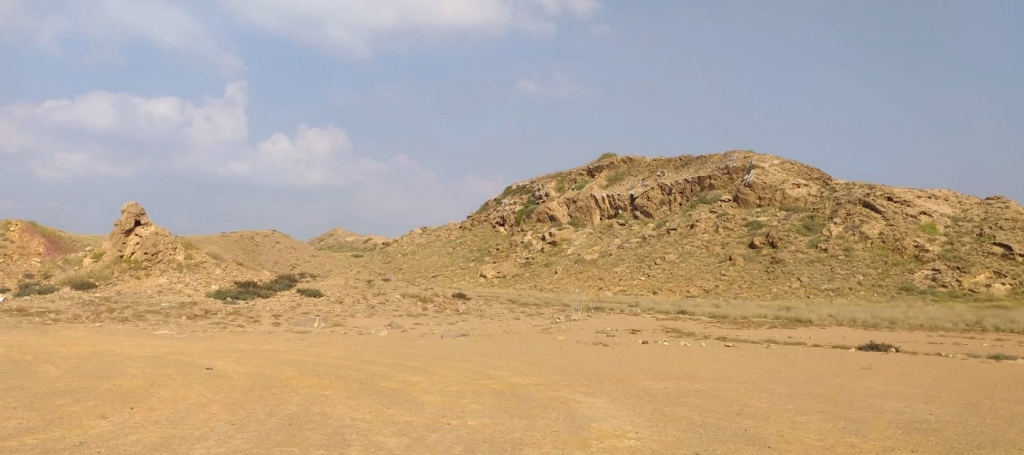
Two Earth Science Division researchers, Aamir Yaseen, Curator, and Khalil-ur-Rehman, Associate Curator, collected invertebrate fossils, fossil corals, and rock samples from the Miocene Gaj Formation and other exposed Geological Formations in Karachi, Pakistan.
The Pakistan Science Foundation (PSF), Ministry of Science and Technology, Pakistan, established the PMNH in 1976. Botanical Sciences, Earth Sciences, Zoological Sciences, and Public Services are its four divisions.
Samples Collected (Images):
- Foraminefra
Foraminifera are found in all maritime settings and can live in either planktic or benthic environments. The Loeblich and Tappan classification is the most widely acknowledged foraminifera classification (1964). The Kingdom Protista, Subkingdom Protozoa, Phylum Sarcomastigophora, Subphylum Sarcodina, Superclass Rhizopoda, and Class Granuloreticulosea comprise the Order Foraminiferida (informally foraminifera). Untangling this nomenclature reveals that foraminifera are testate (having a shell), protozoa (single celled animals with no tissues or organs), and have granuloreticulose pseudopodia (these are thread-like extensions of the ectoplasm often including grains or tiny particles of various materials).
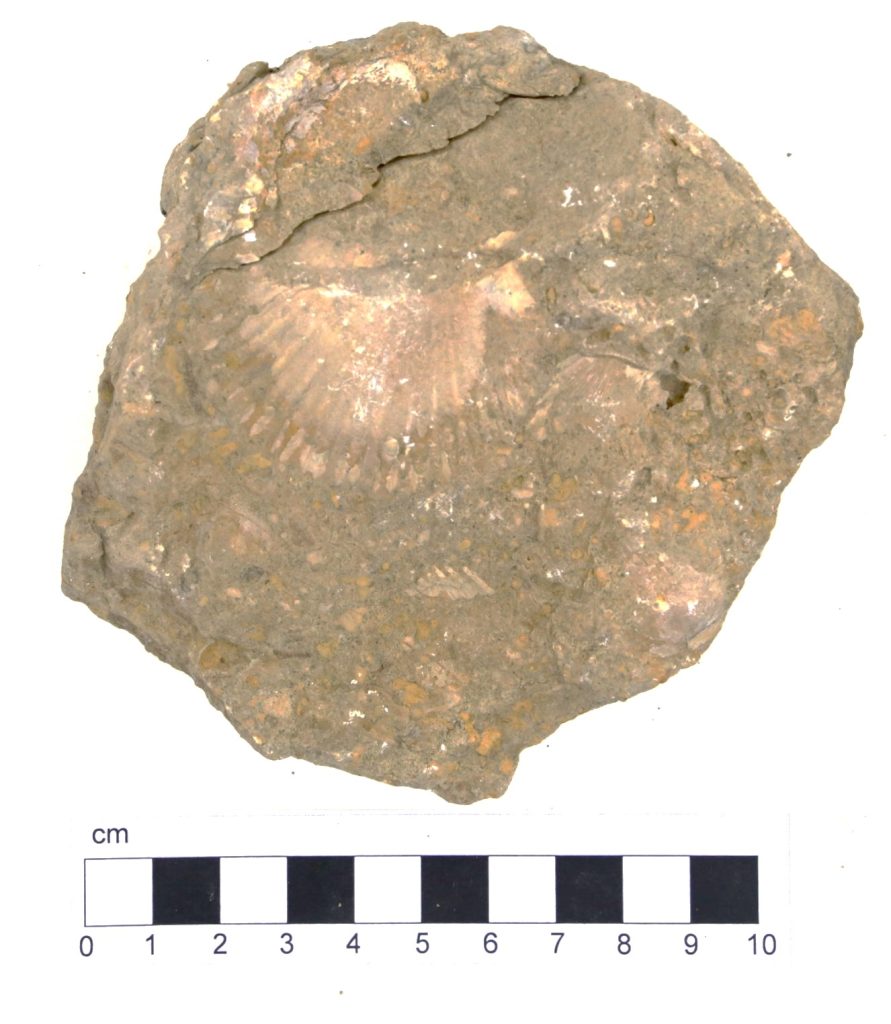
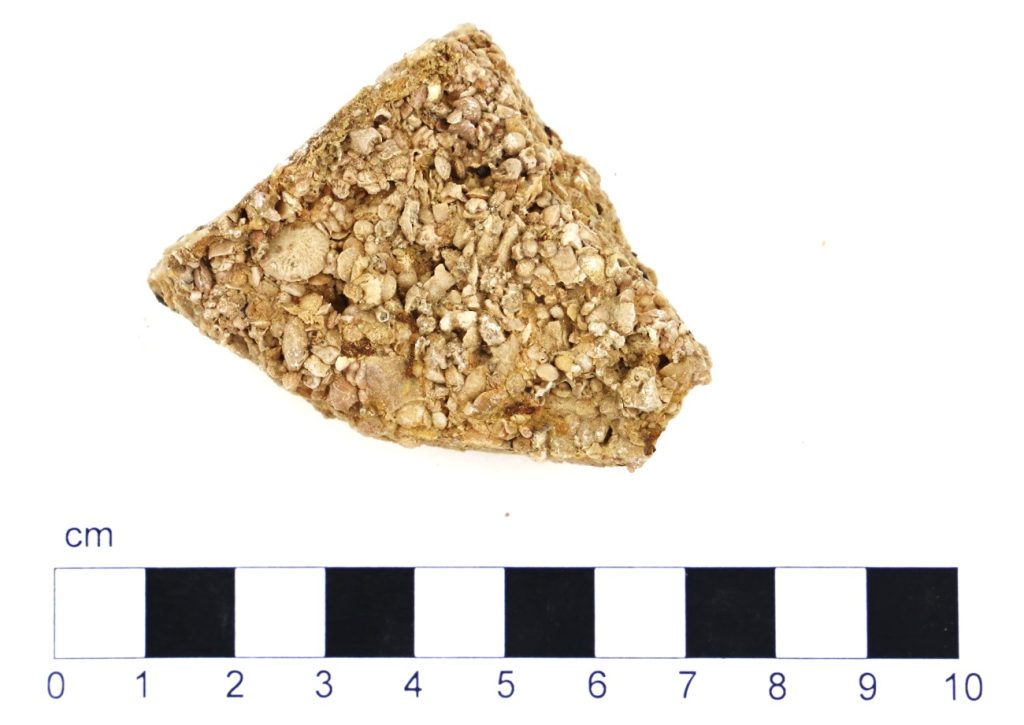
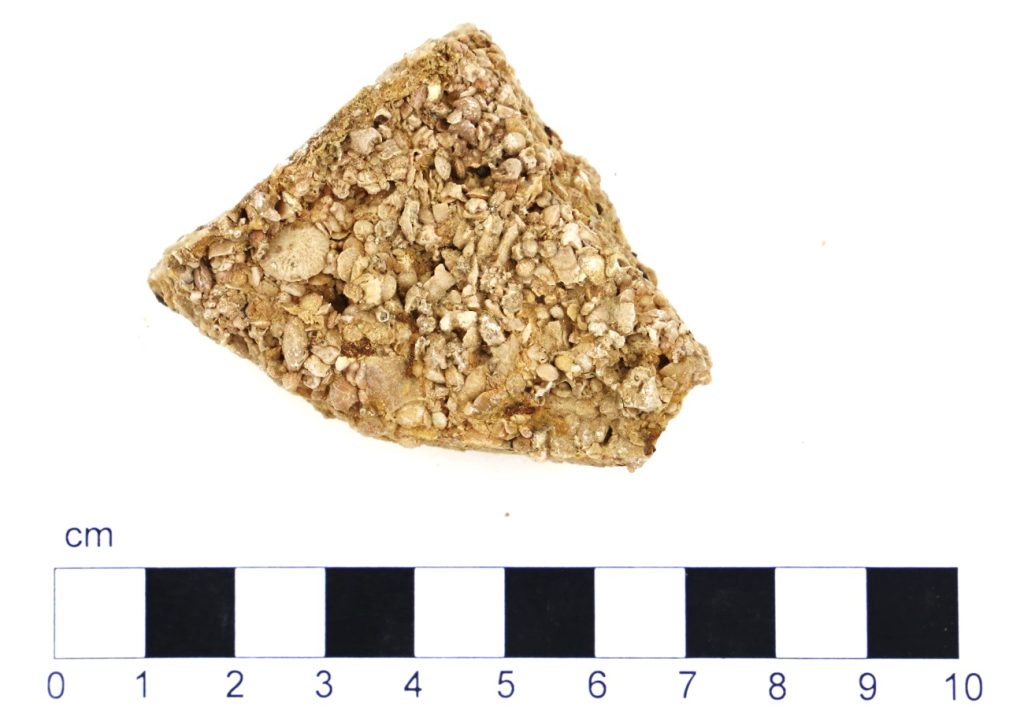
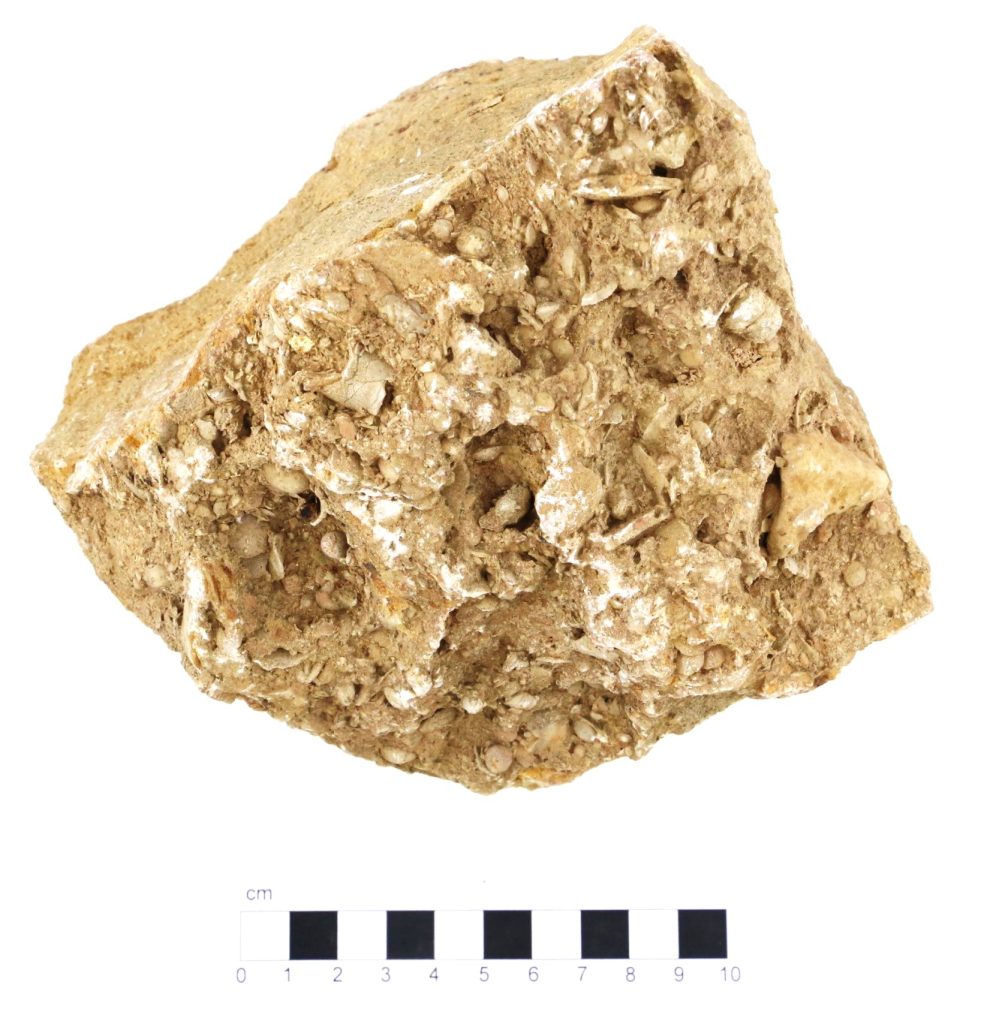
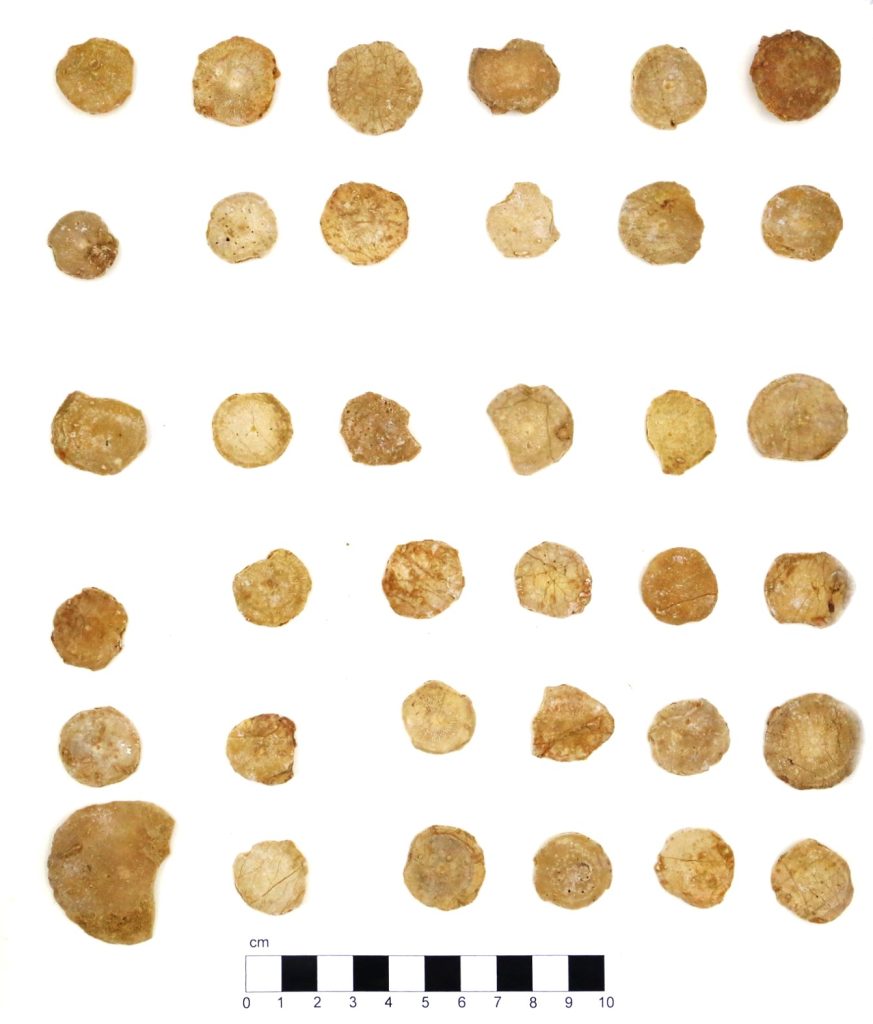
2. Coral Samples
Corals are sessile, which means they attach themselves to the ocean floor permanently, basically “taking root” like most plants. We can’t tell them apart by their faces or other distinguishing features, as we can with most other animals.
Corals are part of an ancient and unique alliance known as symbiosis, which helps both animal and plant life in the water. Corals, on the other hand, are animals because they do not produce their own food like plants do. Corals have small tentacle-like arms that they use to pull food from the water and sweep it into their incomprehensible mouths.
Also Read: Research to be conducted on harmful effects of cousin marriages by NUMS & UCL

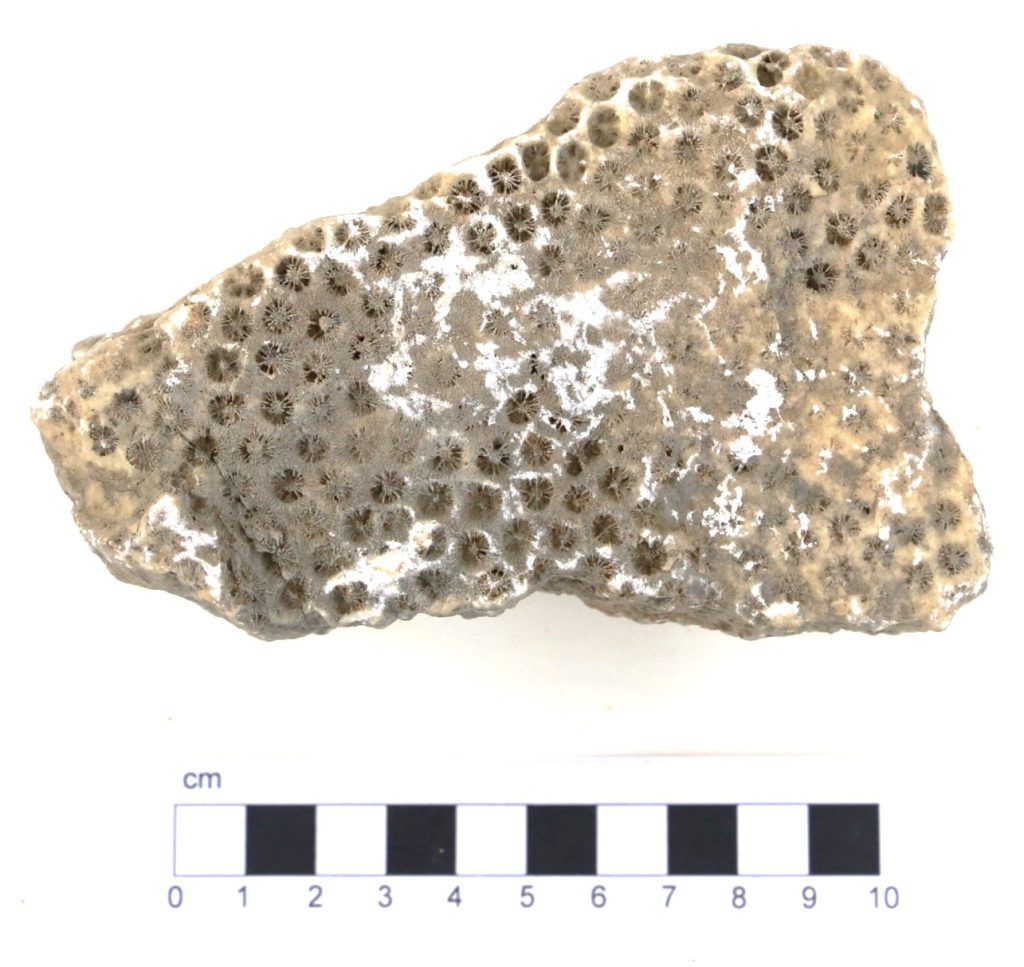
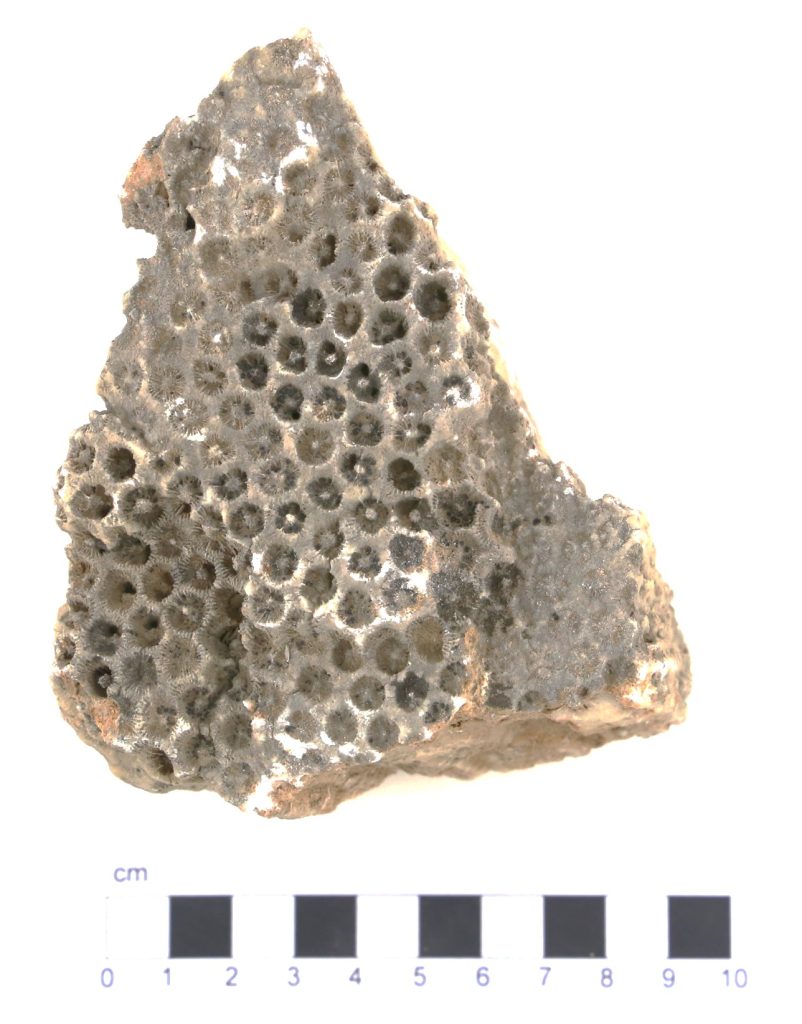
3. Gastropods
Gastropods are one of the most diversified animal groupings in terms of form, lifestyle, and environment. Total extant species estimates range from 40,000 to over 100,000, but there could be as many as 150,000! For both recent and fossil gastropods, there are around 13,000 named genera. They have a long and extensive fossil record dating back to the Early Cambrian, with recurrent extinctions of subclades followed by diversification of new groupings.
They are the only group of molluscs to have reached the land and are extraordinarily diverse in size, body and shell morphology, and behaviour, occupying the largest range of ecological niches of all molluscs.
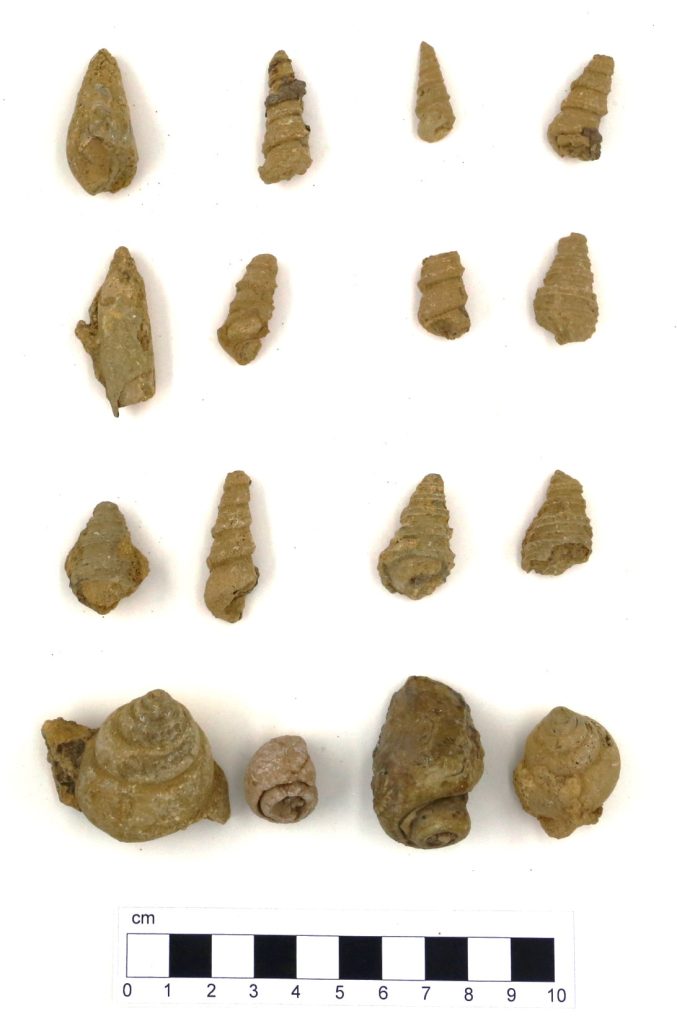
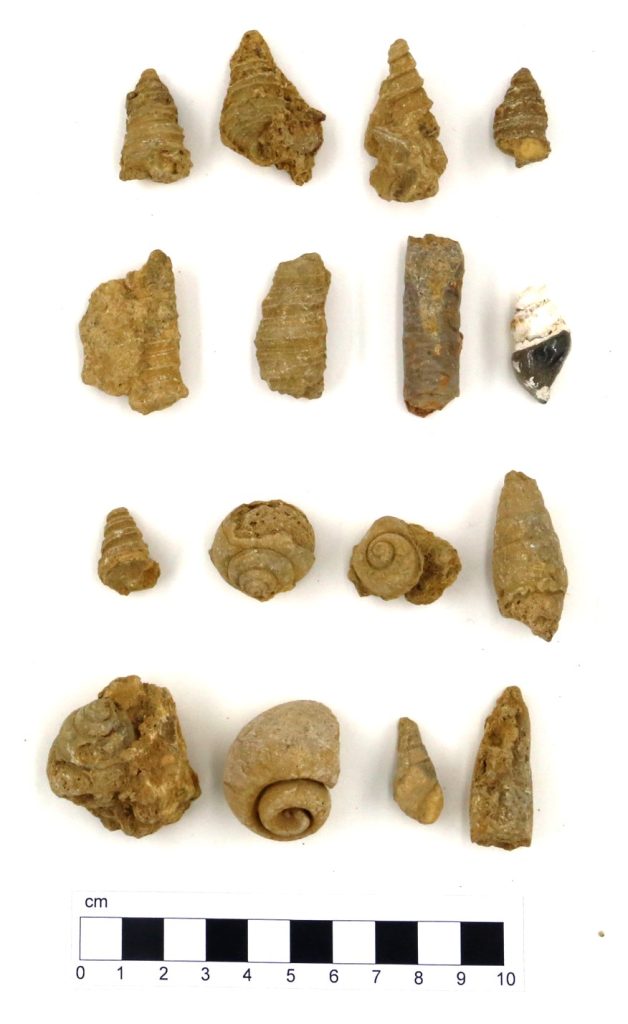
Also Read: 23 researchers from NUST named among the world’s top 2% researchers
![]()

Bashir Ahmad is a medical student working as a freelance writer, graphic designer and social media manager for Pakscience, Scientia Pakistan and many other platforms. Tap on the social media links below to connect with him.




